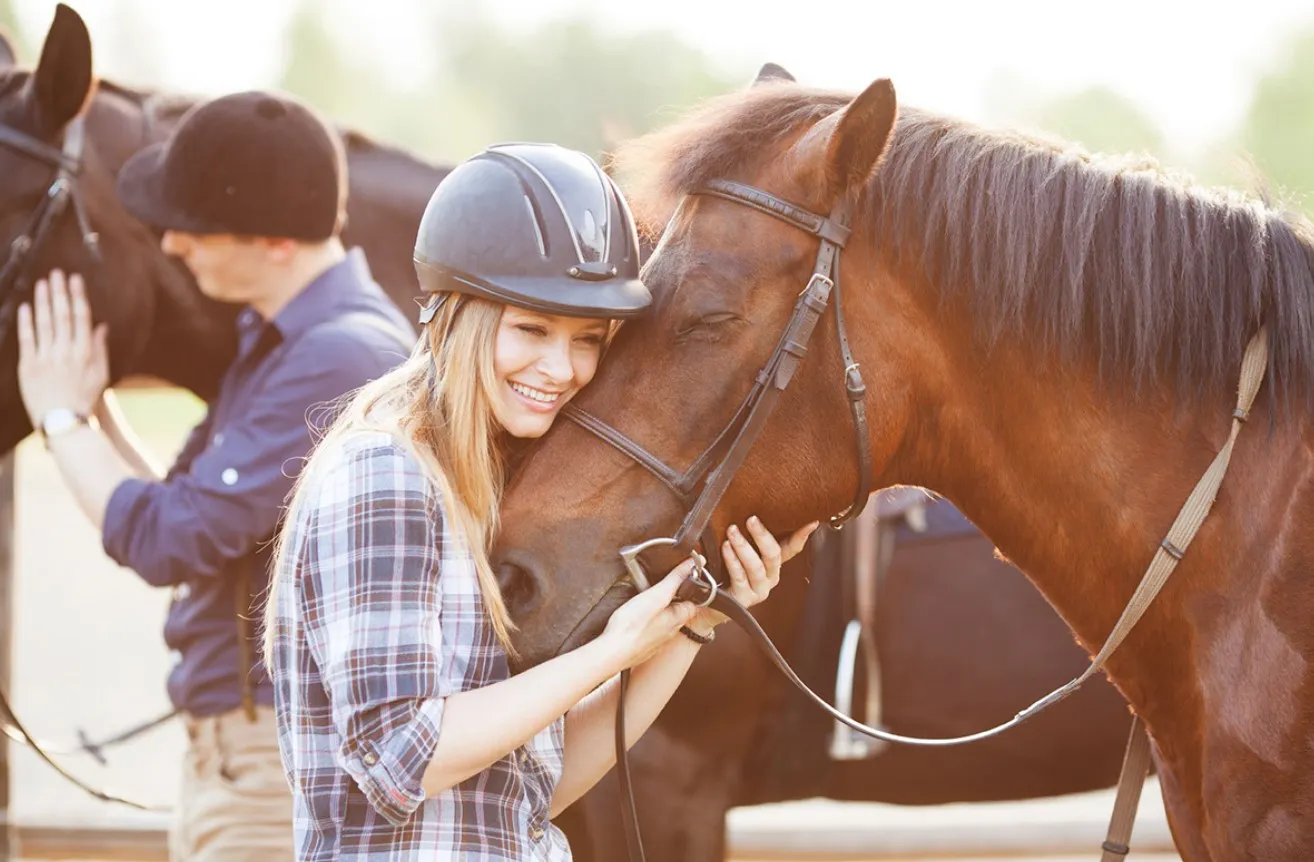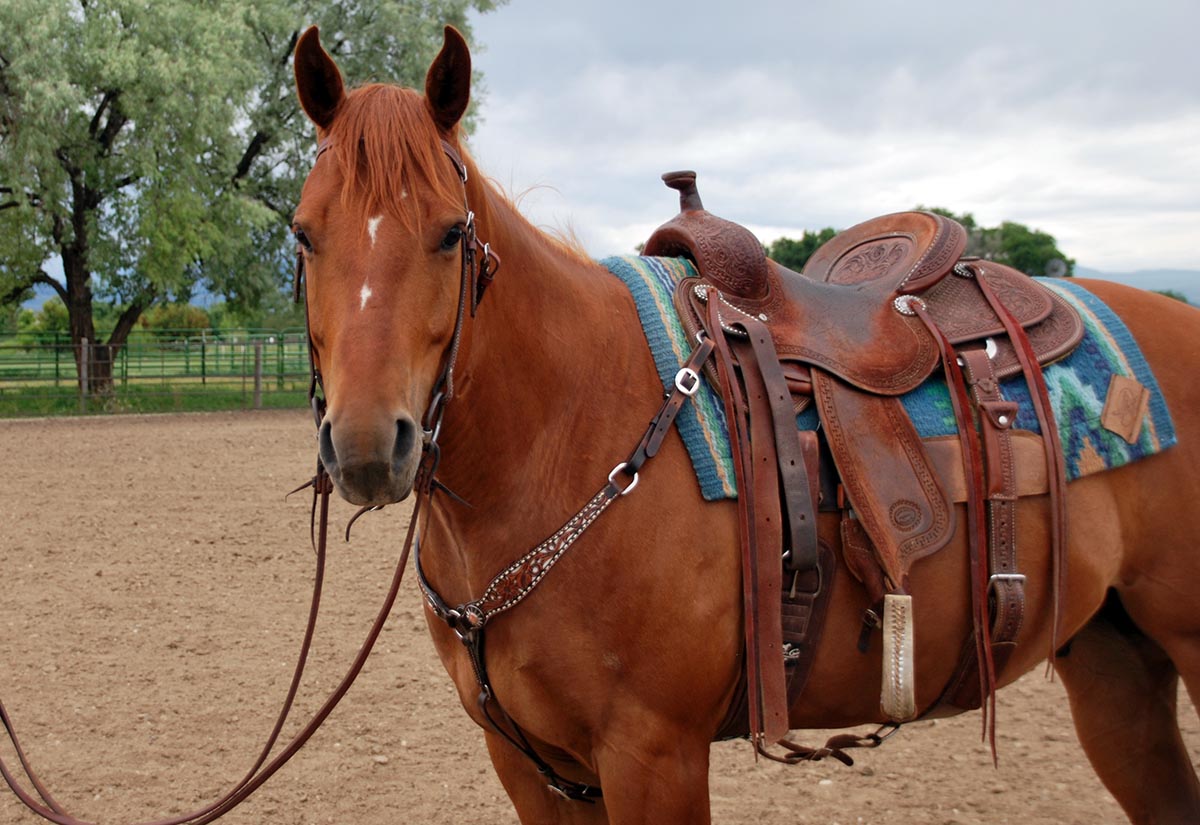Embarking on the journey of English riding horse training is an exciting and rewarding experience. Whether you are new to horseback riding or a seasoned rider looking to refine your skills, understanding the fundamentals of English riding is essential. English riding horse training not only enhances your equestrian skills but also deepens the bond between you and your horse.

Understanding the Basics of English Riding
English riding is a style that emphasizes elegance, precision, and harmony between the rider and horse. It is characterized by its distinct tack, attire, and riding techniques. This style includes various disciplines such as dressage, show jumping, and eventing.
The Importance of Proper Tack
One of the key elements in English riding is the tack. The saddle, bridle, and reins play a crucial role in the rider’s ability to communicate effectively with the horse. Ensuring that the tack fits well and is comfortable for both the rider and the horse is essential for successful training.
Dressage: The Art of Precision
Dressage is often referred to as the highest expression of horse training. It involves a series of predetermined movements performed in an arena. Dressage emphasizes precision, control, and harmony between the rider and horse. Training for dressage requires patience and practice, focusing on developing the horse’s flexibility and responsiveness.
Building a Strong Foundation with Groundwork
Before mounting, it is essential to establish a strong foundation through groundwork. Groundwork helps in building trust and respect between you and your horse. It involves exercises that enhance the horse’s obedience and responsiveness to commands.
Leading and Lunging
Leading and lunging are fundamental groundwork techniques. Leading involves guiding the horse while walking beside it, reinforcing basic commands such as ‘stop’ and ‘go’. Lunging, on the other hand, involves working the horse in a circle while attached to a lunge line. This helps in improving the horse’s balance and rhythm.
Developing Riding Skills
Once a strong groundwork foundation is established, it’s time to develop riding skills. This involves learning basic riding positions, cues, and techniques that form the basis of English riding.
Mastering the Riding Position
The correct riding position is crucial for effective communication with the horse. The rider should sit upright with a straight back, heels down, and hands steady on the reins. This position allows for better balance and control, enabling the rider to give precise cues to the horse.
Understanding Aids and Cues
Aids and cues are the means by which a rider communicates with the horse. Aids include the seat, legs, hands, and voice. Understanding how to use these aids effectively is vital for successful horse training. Each aid has a specific purpose and should be applied with consistency and clarity.
Progressing to Advanced Techniques
As you gain confidence and experience, you can progress to more advanced techniques in English riding. These techniques involve refining your skills, improving your horse’s performance, and preparing for competitive events.
Jumping and Cross-Country
Show jumping and cross-country are thrilling disciplines within English riding. They require the rider to guide the horse over a series of obstacles. Training for these disciplines involves building the horse’s strength and agility while enhancing the rider’s coordination and timing.
Competitive Dressage
For those interested in competing, dressage offers various levels of competition. Participating in dressage competitions requires dedication and practice. Riders are judged on their ability to perform a series of movements with precision and elegance.
Maintaining Horse Health and Well-being
Ensuring the health and well-being of your horse is paramount in English riding horse training. Regular veterinary care, proper nutrition, and exercise are essential for keeping your horse in optimal condition.
Regular Health Check-ups
Scheduling regular veterinary check-ups ensures that your horse remains healthy and free from ailments. A veterinarian can provide guidance on vaccinations, dental care, and overall health maintenance.
Nutrition and Diet
A balanced diet is crucial for a horse’s health and performance. Providing high-quality feed and ensuring access to clean water supports the horse’s energy levels and well-being.
Resources for Continued Learning
Learning is a lifelong journey in the world of English riding. There are numerous resources available to enhance your knowledge and skills, from books and online courses to riding schools and clinics.
For more information on starting your horse under saddle, you can visit this guide on WikiHow.
Books and Online Courses
Books and online courses provide valuable insights into various aspects of horse training. They cover a wide range of topics, from basic training techniques to advanced riding skills.
Riding Schools and Clinics
Attending a riding school or clinic offers hands-on experience and personalized instruction. These environments provide opportunities to learn from experienced trainers and interact with fellow riders.

Frequently Asked Questions
What is the best age to start training a horse?
While there is no specific age, many trainers begin groundwork with horses at around two to three years old, gradually introducing them to more advanced techniques as they mature.
How long does it take to train a horse in English riding?
The time it takes to train a horse varies based on the horse’s temperament, the rider’s experience, and the specific discipline. Consistent training over several months to years is often required.
Can older horses learn English riding?
Yes, older horses can learn English riding. With patience and proper training, horses of any age can develop new skills and adapt to different riding styles.
For more tips on dealing with stubborn horses, you might find this article helpful.
In conclusion, English riding horse training is a fulfilling journey that requires dedication, patience, and a passion for learning. By understanding the basics, building a strong foundation, and continually refining your skills, you can achieve a harmonious partnership with your horse.
This article contains affiliate links. We may earn a commission at no extra cost to you.






